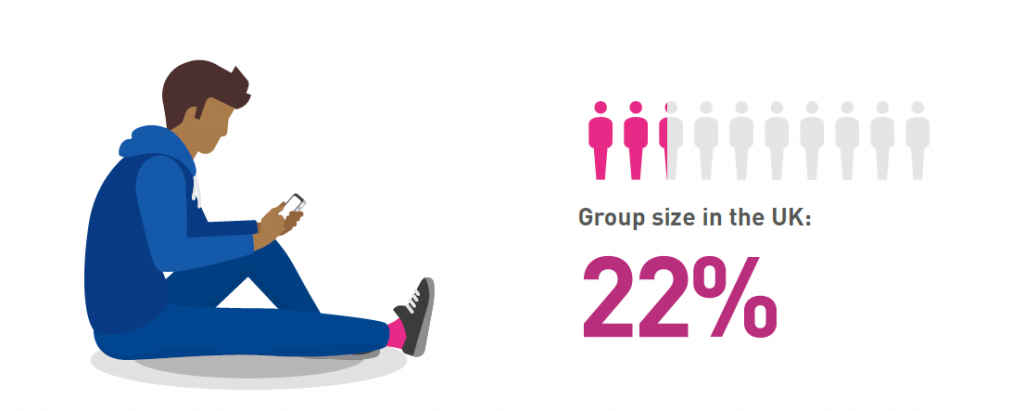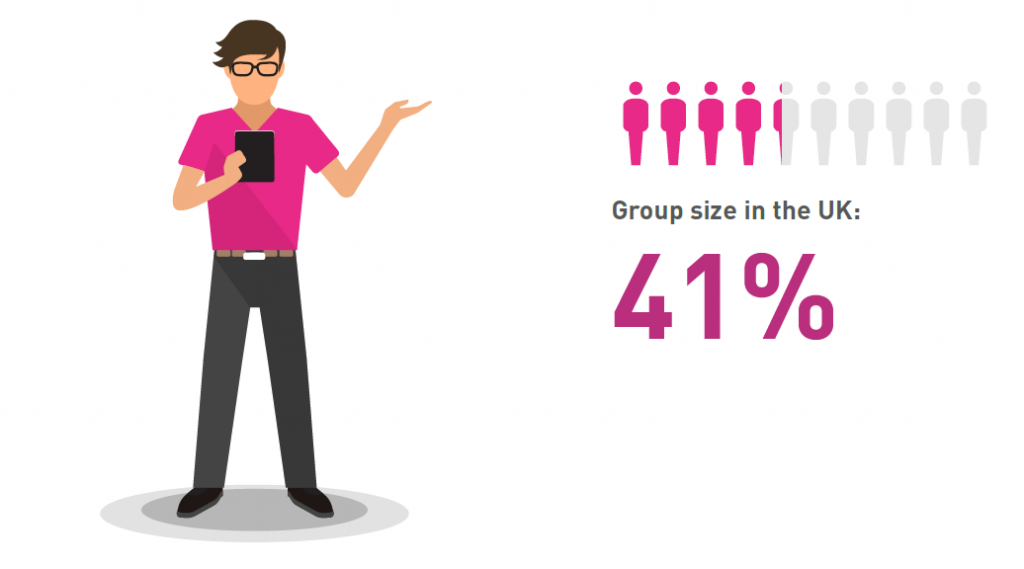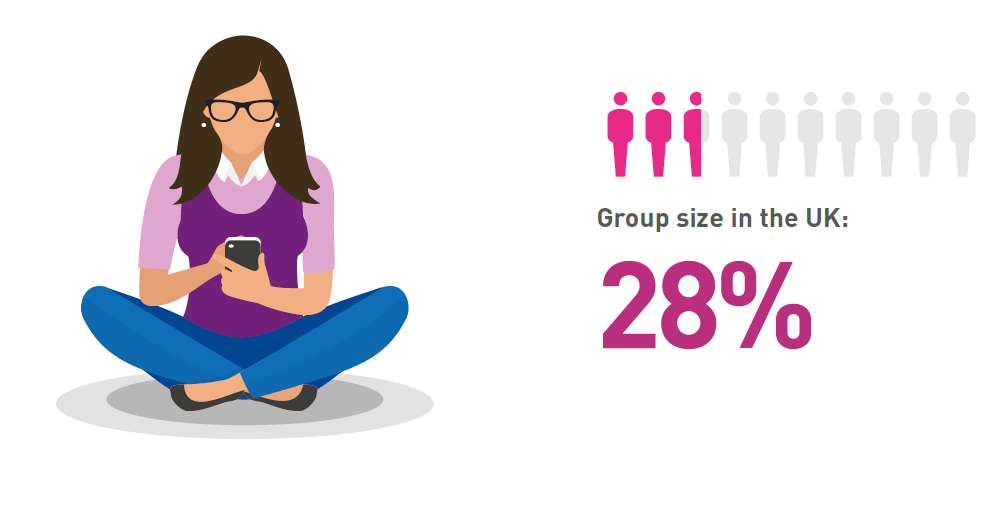In order to tailor experiences, in order to personalise their experience, brands need data to power the decisions that determine what message or interaction a particular individual or type receives.
However – data sharing is an increasingly complex process, with many subtle areas it’s important to understand. Not everyone is the same, not everyone has the same attitude and opinions about sharing their data.
As marketers we need to consider whose data we are asking for and how best to engage with people depending on what their attitudes to data sharing are. If someone is reticent to share their data, then you shouldn’t go asking for it immediately – regardless of whether they are a ‘perfect fit customer’ or not. In many cases you need to prove the worth of the transaction to them. Getting it wrong can have a negative impact on performance and (ironically) the experience you deliver.
Our research (recently published here) found people’s attitudes towards data sharing can be divided into four distinct groups, “The Unaware”, “The Acceptor”, “The Cautious” and “The Incognito”.
1. THE UNAWARE
Unaware of the way in which some companies wish to use their data in order to provide them services, these customers are often very excited to access the product or service they desire. They click ‘accept’ without really understanding the consequences.
- If their understanding of the use of their data is not nurtured, then these customers may feel cheated if their perception of the value-exchange is not positive.
- Many of these customers will unknowingly have apps on their phones that track things like their GPS location.
- Once this group become aware of the extent to which their data is being used their reactions can be quite severe

How to engage with them
DO: You need to design data management policies, Ts & Cs and customer support which allow for people to understand them in as clear and concise way as possible.
When these customers find out what’s being tracked, they’re likely to want to understand why. Make it very clear what data is needed, why it’s needed, and how it’s used. Consider nudging your customers towards reviewing their settings so that any changes with T&C’s cannot be a ‘surprise’ when customers decide to check up on the value exchange.
DON’T: Assume that just because consumers are quiet that they fully understand the deal that has been struck. Information about data use should be clear and any assistance to help understanding should be freely offered.
2. THE ACCEPTING
Accepting, but not thrilled with the amount of data they are asked to share to use digital services, some people simply see it as an inevitable trade-off.
- This group realise the world is changing and ‘go with the flow’ to allow companies to use their data in order to get what they need from the services they feel they have to use.
- Despite their acceptance, they’re not truly comfortable with this state of affairs and share details with a level of concern.

How to engage with them
DO: Help your customers to fully understand the need for sharing their data. This is where the value exchange is so crucial. If you can help guide them on the benefits they will gain in sharing their data, they will see the value and most likely share.
DON’T: Push the boundaries of what you’re asking for from your customers, just because they will accept it, everyone has limits. Everyone is different and it may not take much for them to change their mind.
3. THE CAUTIOUS
This group of consumers are by nature cautious with how they approach the data exchange. Particularly those who have experienced poor experiences in the past. Before they share any information they will want to make sure that the company who is asking for their data is legitimate and that they understand fully the relationship they are entering into.
They want to know everything about why their data is needed, how it will be used, by whom, and how it will be protected. For the cautious, it’s not that they won’t exchange value, it’s that they want to dig deeper before clicking, ‘I accept’.
- Reassurance, transparency and trust are crucial to ensuring this consumer clicks to accept.

How to engage with them
DO: Make it as easy as possible for them to quickly understand how credible your company is with data protection, processing and security.
Make it clear why the data is needed. Build towards a situation where they are happy to share their data, but don’t expect it to happen quickly. You will need to take time to build confidence with this group.
DON’T: Tuck away the information about your company’s data principles in a hard to find corner of the app or website, or in reels of small print. Something which should be considered best practice for all businesses regardless of which consumer group you are engaging with. However, you won’t be able to rush this group, and there is probably not a one size fits all approach to building trust and overcoming their natural hesitation.
4. THE INCOGNITO
This group has adapted to their environment by figuring out how to navigate data sharing without revealing any information that they do not want to share. They have developed defence mechanisms to prevent them receiving the unwanted ‘hassle’ or surveillance they perceive as part of the digital economy.
They set up second alias email accounts so that they can’t be bombarded online and use an alternative delivery address to protect their main address from the spam emails they believe will follow them otherwise. They typically use Google’s “Incognito” setting to browse the internet.
- Getting access to their actual email address, or their actual data, isn’t insurmountable, but you need to build trust with them first.

How to engage with them
DO: Gradually ask for extra contact information. Once you build trust and confidence with this group, they are more likely to be open to sharing their information.
DON’T: Use fragmented and unclear processes. Ask for what’s required at each stage when it is required and make the customer journey as seamless as possible.
Only ask for information if it is absolutely necessary.
Do you know who your customers are?
In order to deliver the best experiences and to cater for the variety of attitudes towards data understanding we, as marketers, need to do some thinking about who our customers are, and what their attitudes are.
Regulation (and best practice responsible marketing) dictates that we as businesses need to put the thoughts and needs of our customers first with transparent and open processes. One of the key ways to deliver on that promise is to meet their expectations when it comes to data sharing and the value exchange.
This post takes insight from our latest white paper, delivering value in the digital age, download it here.
